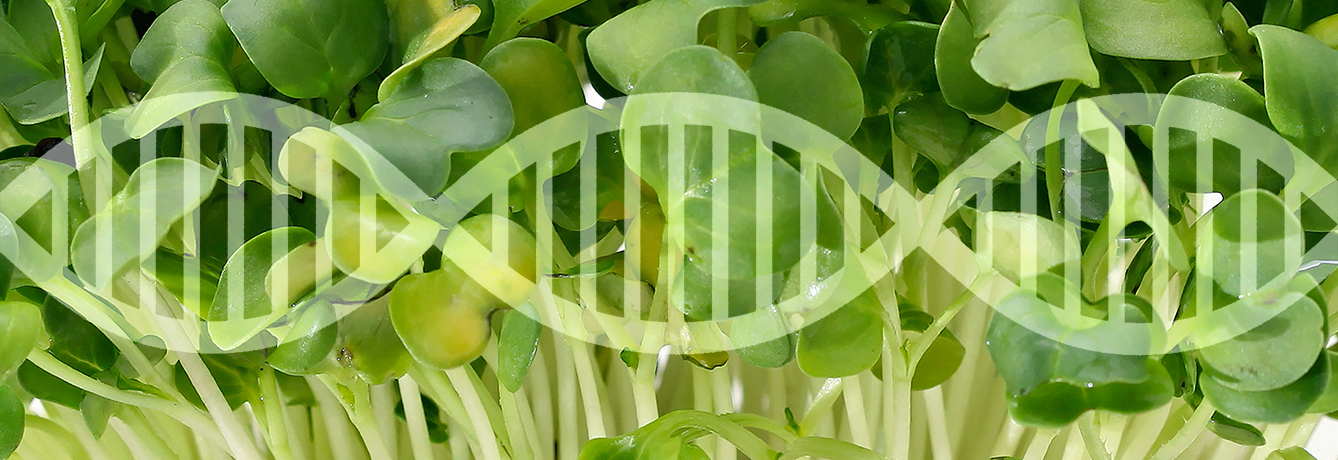Proper English Green Offers DNA Protection
Watercress conjures up images of High Tea sandwiches, yet this delicate, peppery green could offer powerful protection against DNA damage. Exciting new research examines the effects of watercress consumption among athletes — and smokers! In terms of health-related behaviors, smoking and exercise could not be more opposite — the first will age and kill you, the second will rejuvenate you! Yet intense exertion (e.g., military training, triathlons, Olympic-level athletics) can strain the system — muscles, joints, and even DNA — which is where watercress comes in.
In a study recently published in the British Journal of Nutrition, ten healthy young men (average age 23 years) ate 2.5 cups of watercress daily for two months while engaging in an exercise program that included several high-intensity treadmill trials (running at 7 mph on increasing gradients until exhaustion). Compared to a control group (same exercise, no watercress) the green-grazing group was found to have 52% less DNA damage, as measured in blood cells. What’s more, watercress was found to be so potent — and bioavailable — that even eating the greens two hours before exercise yielded the same benefits as regular consumption for two months.
At the opposite end of the spectrum: A group of 30 smokers enjoyed a 24% improvement in DNA integrity (as measured in lymph and blood cells) after eight weeks of watercress consumption. This may help explain why previous research found that those who consume just one serving of greens a day enjoyed 50% lower lung cancer risk. In addition to impressive nutrient density — providing a quarter of your daily vitamin A and C needs, plus all your vitamin K needs per cup chopped, watercress is actually a cruciferous vegetable belonging to the same family as broccoli, Brussels sprouts and cabbage, thus containing compounds that help activate the body’s natural antioxidant systems (Phase II enzymes). Watercress is great in sandwiches, soups and side dishes.
Published July 1, 2012



